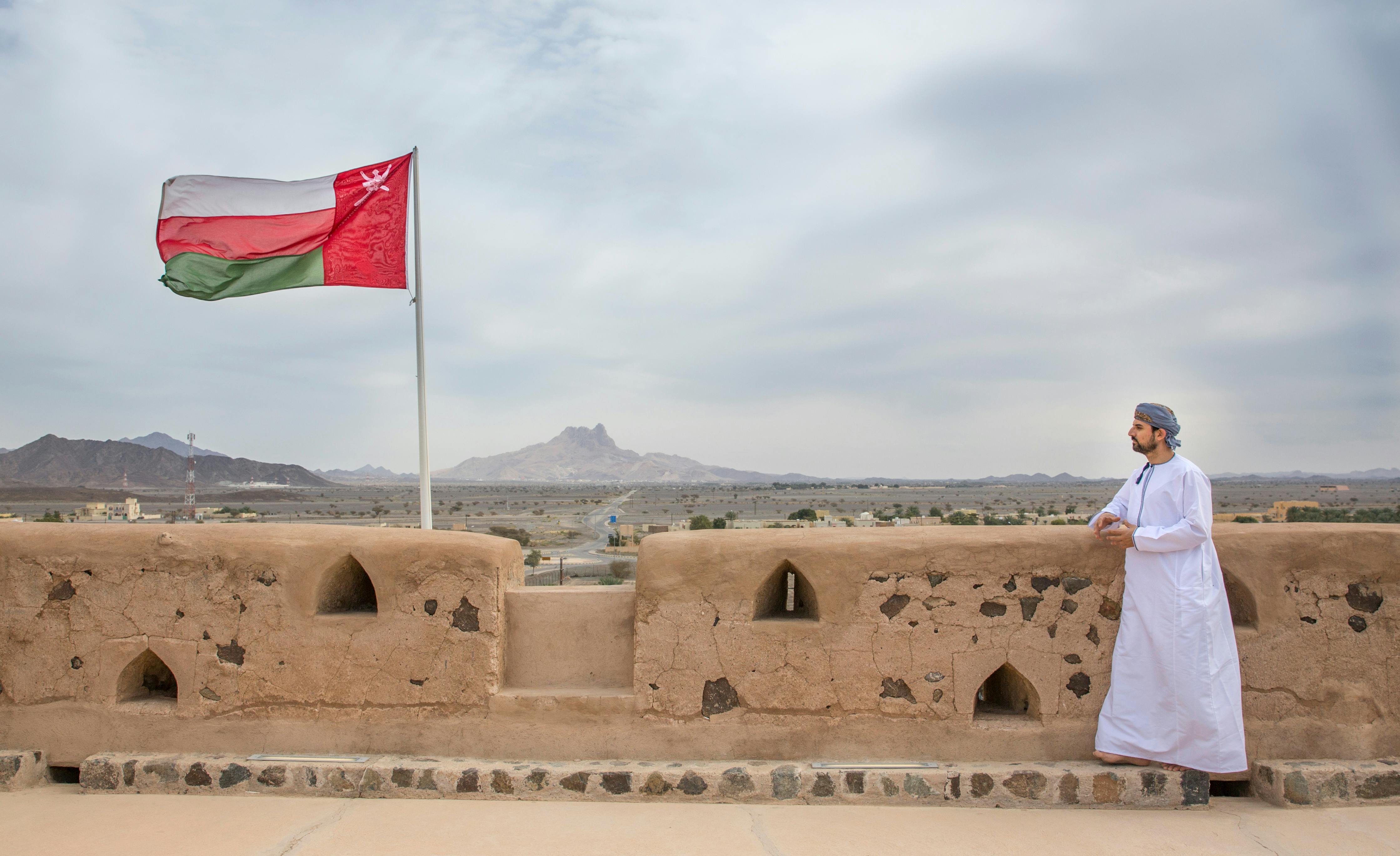Six Must-Try Dishes When You Travel to Oman
Oman is visually beautiful — imposing mountains in Jebel Akhdar, stunning sea views in Salalah, magnificent architecture in Muscat — and its cuisine is equally spectacular. Indeed, when you travel to Oman, you can expect a rich and diverse culinary experience, with a spectrum of flavors and spices that not only enhance a meal, but tell a story as well.
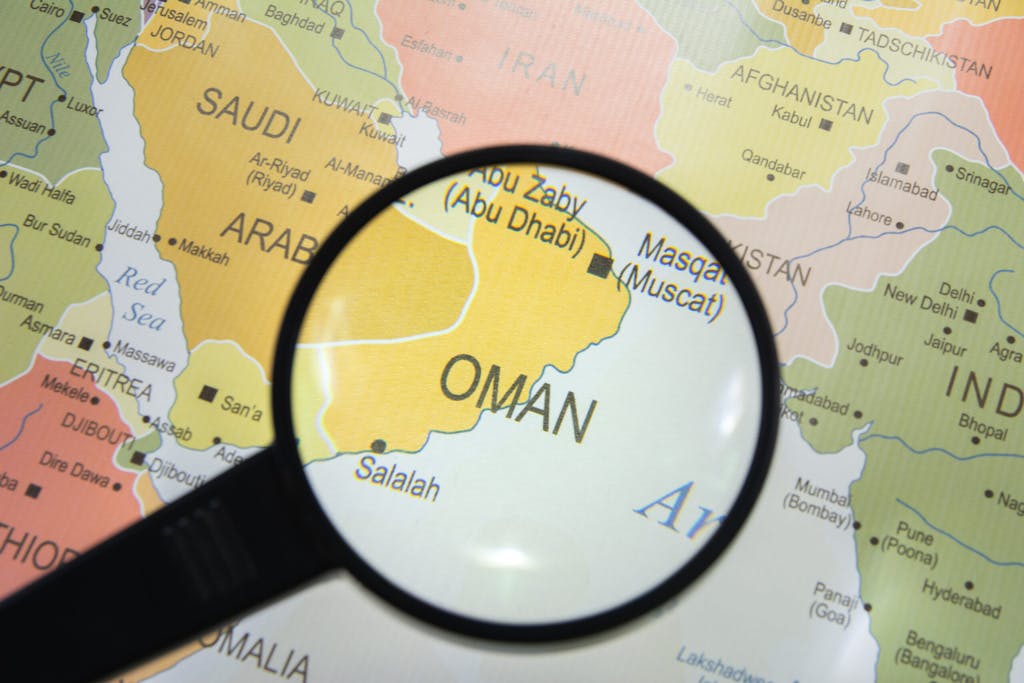
Trade routes, neighbor countries, colonization and immigration all play a part. The main influences are Pakistani and Indian — seen in various spiced, rice-based, ‘biriyani’-style dishes — but you will also find Zanzibarian and Persian flavors through the use of saffron, cinnamon, nutmeg, clove and cardamom.
The most famed ingredient, however, is the Omani lime (called a lemon in Oman), which creates a unique, musky flavor. A stew always seems better with them because they add a complex kick of flavor.
It’s not easy to narrow down the best food in Oman to just six offerings, but these dishes offer an excellent road map to the country’s tasty bounty.
Mishkak, a street food delight
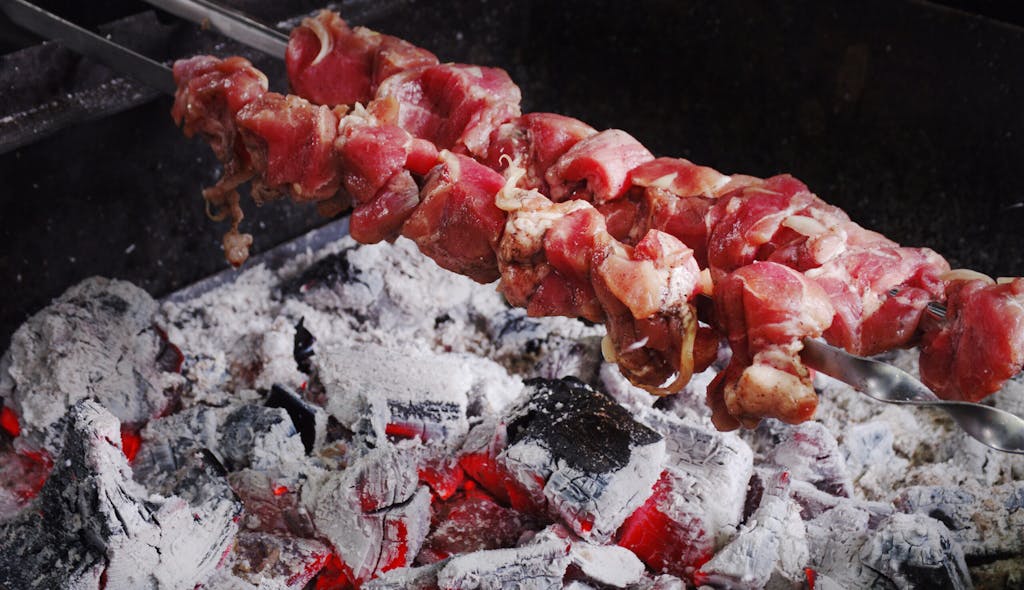
Mishkak, essentially a kebab, is often sold at roadside stands and is a favorite for nighttime beach dining. The meat — beef, mutton, chicken, goat or sometimes camel — is marinated using ingredients such as cayenne, cardamom and grated raw papaya, then grilled or barbecued.
This creates a succulent meat that is often served with salad, rice or Omani bread, along with pots of tangy tamarind and punchy chili sauces. Some diners turn it into a sandwich by wrapping the cubes of meat into a flatbread then adding some salad and sauce.
Shuwa, the national dish of Oman

Shuwa, “grilled” in Arabic, is thought of as Oman’s national dish. This hearty meal is often served on special occasions, such as the Muslim religious holiday Eid. The presentation on large platters looks impressive and encourages people to share.
You can’t create shuwa in a hurry. It begins with chunks of lamb, goat or camel, often with the bone still in to enhance the flavor. It is then marinated for 48 hours in a blend of spices including cumin, chili, coriander, cloves, and cinnamon.
The meat is wrapped in banana leaves or palm leaves, placed in a bag made of woven palm branches, and then cooked in an underground pit with hot coals for one or two days. Because not everyone has a pit, people sometimes share communal ones and mark their bag with their name. (That’s important if your meat and marinade are extra special.)
Cooking usually begins on the first day of Eid celebrations and the shuwa is eaten on the second or third. Shuwa is often served on a bed of saffron-infused rice and paired with a fresh salad — a true feast.
Qabooli, a Sunday dinner staple

Afghani traders brought qabooli, sometimes called kabooli, to Oman, where Omanis gave it a twist by using local ingredients, including the dried limes that are known as Omani lemons. This popular dish usually contains chicken or lamb with spiced rice or, for a vegetarian alternative, chunks of vegetables. The basmati rice, meanwhile, is flavored with coriander, saffron, cardamom, and cloves.
This dish is a staple of Sunday family dinners, typically served on a platter with flourishes such as fried onions, chickpeas, nuts and fresh pomegranate seeds on top. The resulting dish is tangy, savory and fragrant.
Harees, a classic comfort food
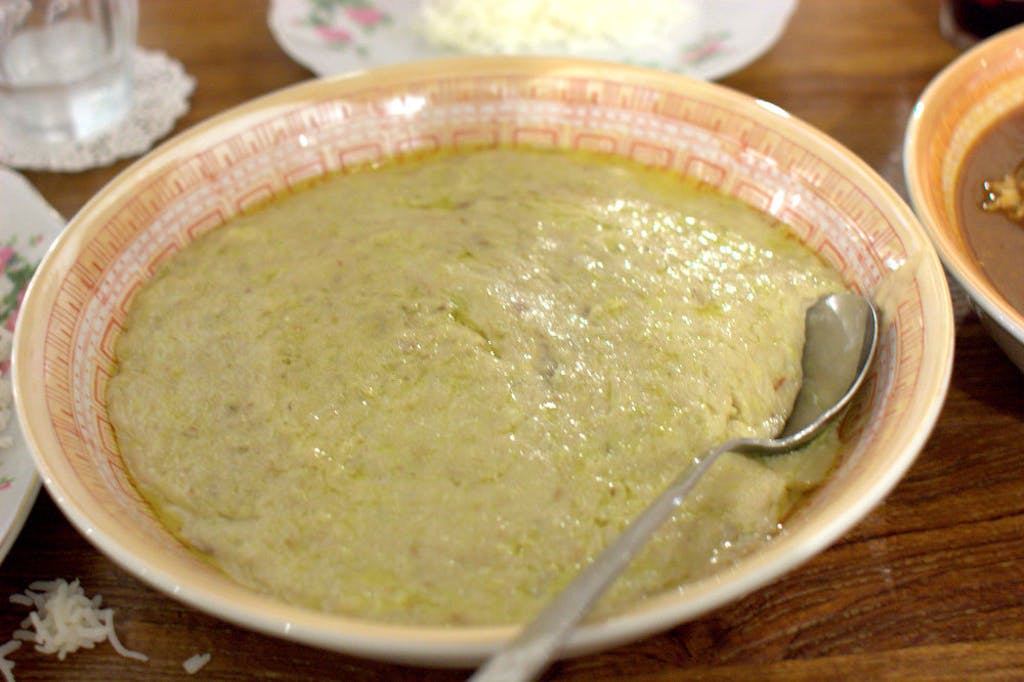
“Harees” translates from Arabic as “to mash” or “to squash” — apt because that’s what you do to make it.
It was traditionally made with a wooden spoon, called a medhrab, but these days, a handheld blender may be used. The dish, thought to have originated in Saudi Arabia, combines meat with coarse wheat berries, barley or rice, cooked for many hours until it forms a porridge-like consistency — a rich, creamy texture that feels indulgent.
This go-to Middle Eastern comfort food is served during Ramadan and on other special occasions, such as weddings. The meat varies from cook to cook; you can use chicken, mutton or lamb, and the spice depends on the region, although cinnamon and cardamom are a constant. Melted butter, or ghee, is often drizzled on top.
Majboos, the ‘Engagement Chicken’ of Oman

This dish, also referred to as “kabsa” throughout the Gulf States, is a hearty rice-based meal, made with whole spices such as cinnamon, cloves, cardamom and coriander (which usually are removed at the end of cooking and before plating). It can include kingfish, shrimp, camel, lamb or chicken. The water in which the meat or fish was cooked is often used as a stock for cooking the rice.
This is another sharing dish and is typically served on a large plate alongside yogurt, salad and a tomato sauce. You will find this dish at special occasions, such as engagements and weddings.
Halwa, a sweet finish when you travel to Oman
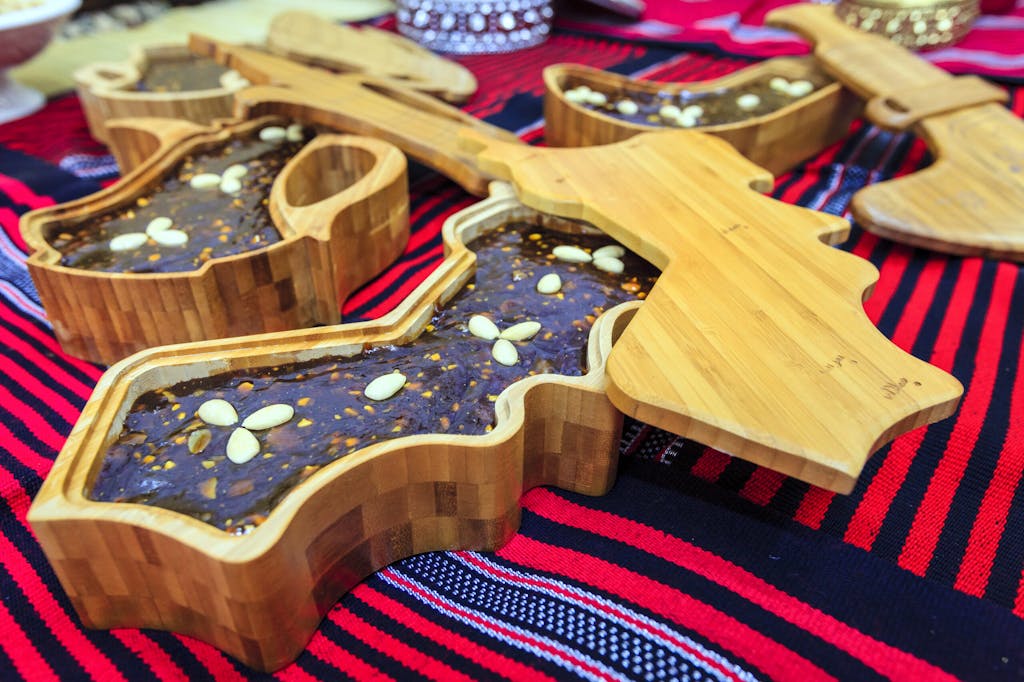
Halwa, the celebrated pudding found all over Oman, is traditionally served with the Arabic coffee, called kahwa. The base is made from corn flour (not to be confused with grittier cornmeal), ghee, water, sugar and sometimes dates, then flavored with saffron, rosewater and cardamom. It’s topped with nuts such as sliced almonds, cashews and crushed pistachios, which add texture and color to the deliciously gooey sweet.
Creative chefs have devised many ways to use its distinct taste, so nowadays you might find Omani halwa-flavored ice cream, chocolates, macarons and more. This addictive treat makes a good souvenir when you travel to Oman — although it may disappear before you get home.
On any cruise that stops in Oman — namely in Salalah or the capital city of Muscat — you can spend a full day exploring gardens, admiring architecture or soaking up the natural scenery. It’s easy, however, just to build your day around deciding where to eat in Oman.
Ready to experience the best food in Oman? Start by booking one of Silversea’s Africa & Indian Ocean Cruises.
